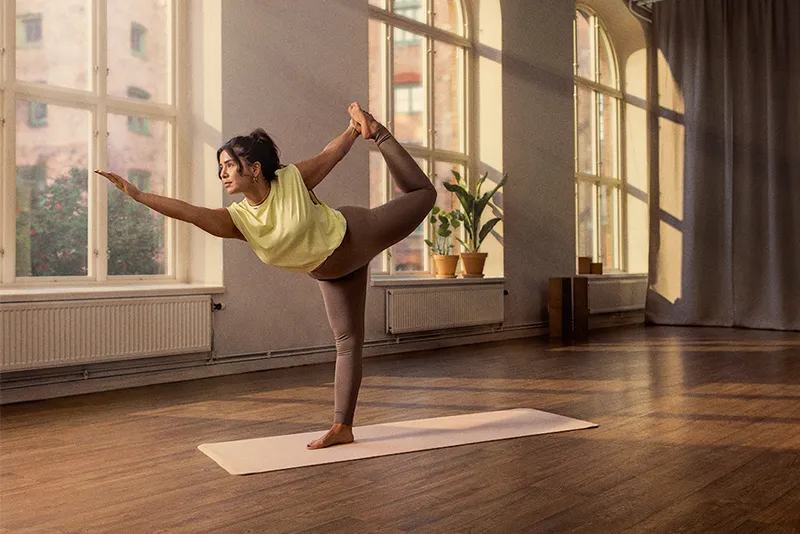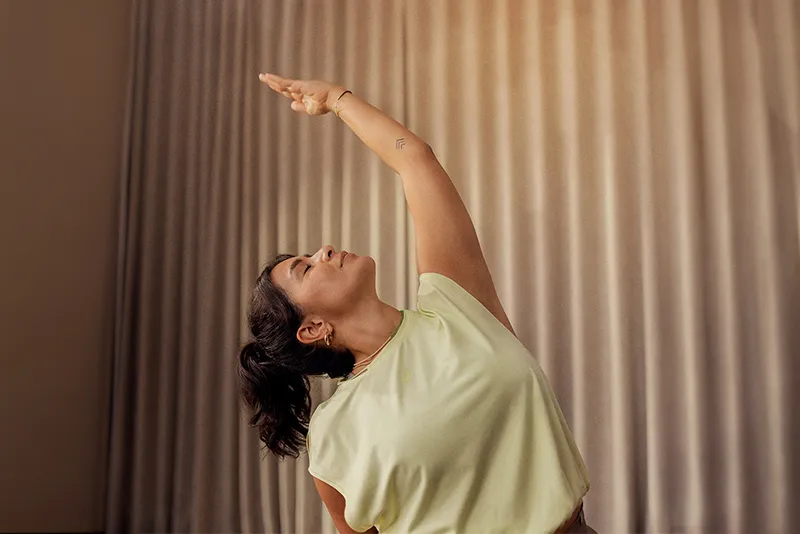Cool down stretches after a workout are important to lessen muscle soreness and to speed recovery for your next workout. I am sharing this post from the Asics Blog not only as an Asics Affiliate but also as a runner that has worn Asics shoes for more than 30 years.

Exercise enthusiasts often understand the importance of warming up before their workouts, but some don’t realize the importance of cooling down after they finish, so they simply opt-out. Taking some time to slow down and stretch after exercising may offer numerous health benefits.

What is the best way to cool down after exercise?
Your post-workout cooldown may consist of a slower, lower-intensity version of your workout, followed by a series of stretches. For example, if you were running or jogging, you might slow down and walk for five to ten minutes, or if you were swimming, you might want to swim at a leisurely pace for five to ten minutes. Stretching while your muscles are still a bit warmed up is a great way to possibly increase flexibility and may help with long-term recovery. Aim to stretch the primary muscles you use while working out. For instance, if you’re a runner, you might want to stretch your calves, gluteal muscles, hamstrings, quadriceps, and hip flexors.
Cooldown stretches to do after a workout
The specific stretches you do during your cooldown may vary based on the type of workout you did and your personal preferences and abilities. Explore some common stretches to help you get started. Generally, you’ll want to hold each pose for ten to thirty seconds. You can also repeat these stretches if you feel you need to stretch a little longer.
Child’s pose
This restorative yoga move is beneficial for people of all flexibility levels. Often referred to as balasana or shishuasana by yoga enthusiasts, this versatile pose can not only help you cool down and relax but also stretch your back, shoulders, and hips. To begin, get down on your hands and knees and sit back on your feet. Walk your hands out as far as you can without moving your buttocks away from your feet, keeping your head facing the ground.

Lunge stretch
A standing lunge stretch targets the muscles in your hips, thighs, and your gluteal muscles. First, position yourself with your feet hip-width apart. Take one leg and step forward as far as possible until your body drops into a lunge position. Bring your back leg as close to the ground as you can. You can either rest your hands on your front leg or, for an extra stretch, take them to the ground beside your front leg. Repeat on the other side.
Butterfly stretch
This stretch can positively impact your groin, hips, inner thighs, and lower back muscles. To start, sit on the floor with your back straight and legs in front of you with your knees bent. Push your knees sideways toward the floor so that the soles of your feet touch each other directly in front of you. While maintaining a straight back, bend forward over your feet and rest your elbows on your inner thighs.
Wall calf stretch
The wall calf stretch is particularly helpful if you have tight calves, which can be a common problem for runners. To do this stretch, stand at an arm’s length away from a wall with your feet at your hip’s width apart. Keeping your arms shoulder width apart, place your palms against the wall just above your chest and below your shoulders. While both feet are flat on the floor, move one leg back and bend the other leg while pushing into the wall with your hands. Press the heel of your back leg down to the floor until you feel the stretch in your calf muscles. Repeat on the other side.

Other tips for cooldown stretching
When you perform these and other cooldown stretches, remember that you want to feel the movement but don’t want it to be overly painful. Make sure you stretch both sides of your body equally to promote balance. For example, when doing something like the wall calf stretch, you’ll want to repeat it on both sides at least once, plus more if you feel you need it. Avoid bouncing while you stretch, as it can cause muscle tightness. Pay attention to your breath while you stretch; for example, you can exhale as you move into position, and inhale as you hold it.
Please note: The information contained herein is for informational purposes only and does not contain or constitute medical advice or a medical opinion. Always consult with your qualified and licensed medical professional prior to beginning or modifying any diet or exercise program.